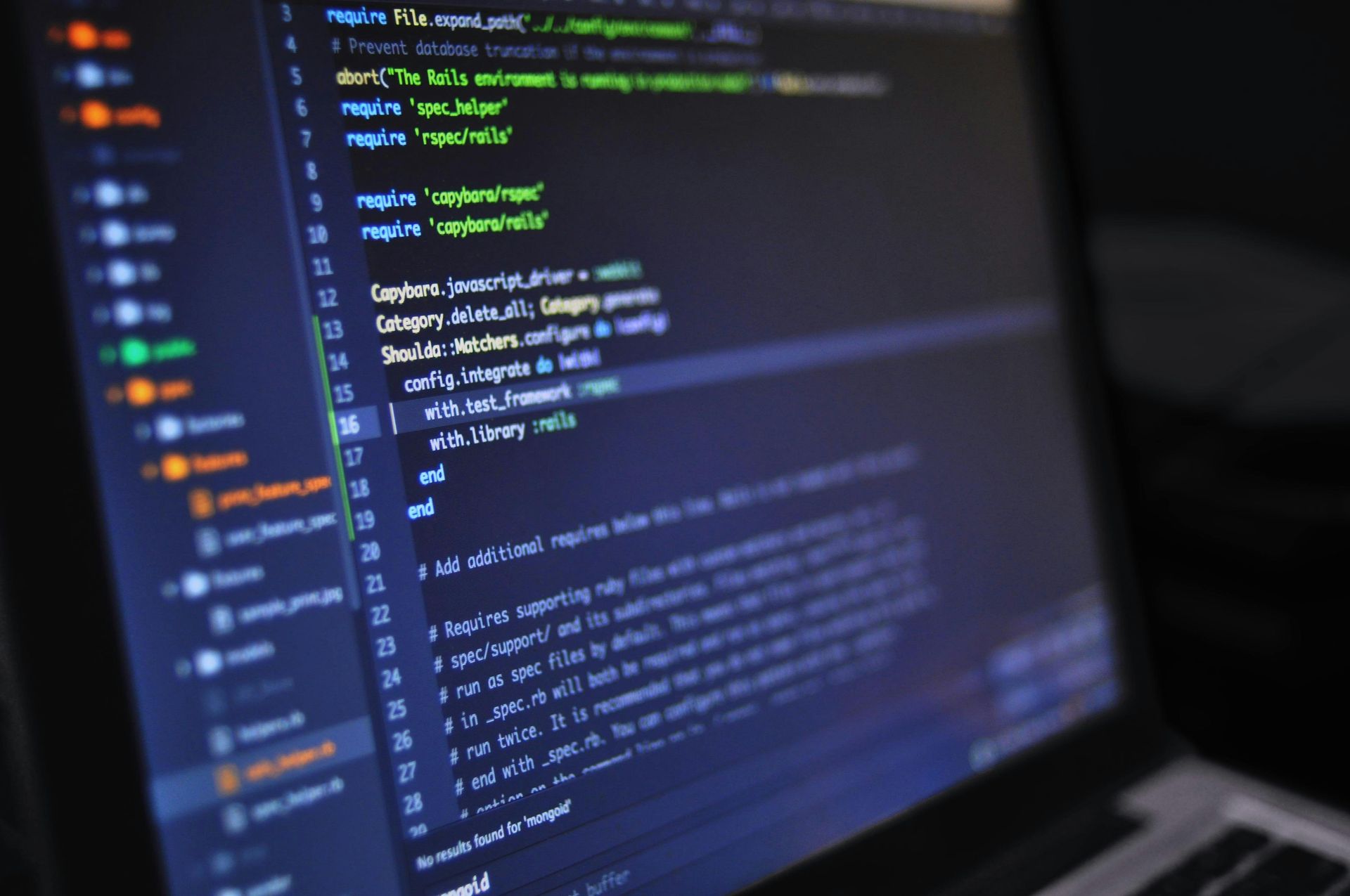Revolutionizing Predictive Maintenance in Logistics Automation
Revolutionizing Predictive Maintenance: The Transformative Power of Augmented Reality
Discover how augmented reality is transforming predictive maintenance by enhancing technician efficiency and minimizing downtime in various industries.
The Impact of Augmented Reality on Predictive Maintenance
Augmented reality (AR) is a transformative technology that overlays digital information onto the real world, enhancing the capabilities of technicians during maintenance processes. In the context of predictive maintenance (PdM), AR provides real-time insights that can forecast equipment failures, thereby minimizing costly downtime. By integrating AR with PdM, industries can shift from reactive maintenance strategies to more proactive approaches, which significantly improves overall operational efficiency and effectiveness. The adoption of AR technologies is on the rise, and the market for applications targeting maintenance tasks is projected to grow considerably in the coming years.
An example of AR's impact is seen in the oil and gas sector, where AR assists technicians in identifying trends and potential issues before they escalate into significant problems. For instance, by overlaying real-time data onto the physical equipment, maintenance teams can detect changes in pressure within ducts, thus preventing costly shutdowns. This shift towards predictive maintenance, supported by AR, not only enhances productivity but also contributes to better decision-making in high-stakes environments.
Definition of Augmented Reality and Predictive Maintenance
Augmented reality is defined as a technology that combines real-world environments with computer-generated graphics to assist technicians in complex tasks, such as maintenance. This technology allows for the visualization of complex data sets, making it easier for technicians to understand equipment conditions and maintenance requirements. Predictive maintenance, on the other hand, involves the continuous monitoring of equipment performance using sensors and analytics, aiming to predict potential failures before they occur.
The integration of AR with machine learning algorithms enhances predictive maintenance by providing more accurate forecasts about equipment health. For example, AR applications can visualize historical data alongside current performance metrics, allowing technicians to make informed decisions about equipment servicing. This combination of technologies not only simplifies complex maintenance tasks but also empowers technicians with critical insights that lead to quicker resolutions.
How Augmented Reality Enhances Predictive Maintenance
The incorporation of augmented reality into predictive maintenance processes significantly enhances the efficiency and accuracy of maintenance operations. AR provides real-time data and alerts that empower technicians to make proactive maintenance decisions based on the current condition of equipment. Technologies such as smart glasses and mobile devices enable hands-free operation, allowing technicians to focus on their tasks with the support of visual guidance.
Moreover, AR integrated with Internet of Things (IoT) systems allows for continuous monitoring and diagnostics. For instance, a technician using an AR headset can receive real-time performance alerts while inspecting machinery, enabling them to address issues before they lead to failure. By overlaying historical performance data on visual representations of machinery, AR aids technicians in identifying patterns that inform maintenance strategies and reduce human error through clear, step-by-step instructions tailored to specific tasks.
Real-World Applications of Augmented Reality in Maintenance
Numerous companies have successfully integrated augmented reality into their maintenance strategies, leading to significant efficiency gains and reduced error rates. For example, Boeing and BMW have adopted AR in their maintenance processes, resulting in streamlined workflows and improved accuracy in repairs. One notable application is remote assistance, where off-site experts can guide technicians in real-time using AR, thus saving both travel costs and time.
In the automotive sector, AR is employed for tasks such as damage assessment and repair guidance. Technicians can utilize AR to visualize complex parts and receive step-by-step instructions, which enhances the accuracy of vehicle repairs. Additionally, industries like manufacturing and aerospace are leveraging AR to improve maintenance workflows, enabling faster turnaround times for repairs and reducing the chances of human error through immersive training experiences.
Benefits of Augmented Reality in Predictive Maintenance
Companies implementing augmented reality in their predictive maintenance strategies can expect numerous benefits. One of the most significant advantages is the reduction in mean time to repair (MTTR), as AR provides context-specific instructions and information that enhance technician productivity. Furthermore, the implementation of AR can lead to lower maintenance costs and improved operational efficiency, as technicians can quickly diagnose and address issues.
Enhanced training capabilities through AR also result in better knowledge retention and faster onboarding for new technicians. For instance, immersive AR training programs allow new hires to practice in a risk-free environment, improving their skills before they engage in real-world maintenance tasks. By facilitating remote collaboration, AR minimizes the necessity for on-site visits, thereby decreasing travel costs and time delays associated with maintenance operations.
Future Trends in Augmented Reality for Predictive Maintenance
The future of augmented reality in predictive maintenance is bright, with expectations for substantial growth in the AR market. Innovations such as haptic feedback technology are anticipated to enhance training simulations for technicians, providing a more interactive learning experience. Future applications will likely see deeper integration with Industry 4.0 technologies, including digital twins and AI-driven analytics, further streamlining maintenance processes and making them more efficient.
AR tools are expected to evolve, supporting more complex maintenance tasks and improving predictive diagnostics. For example, innovations may include augmented training modules that utilize gamification to enhance learning experiences for technicians, making training more engaging and effective. As AR technology continues to advance, it will play a crucial role in developing smarter maintenance solutions, optimizing resource allocation, and improving task scheduling across various industries.
The Role of Augmented Reality in Enhancing Maintenance Practices
Augmented reality is pivotal in the evolution of predictive maintenance, driving efficiency and accuracy in maintenance operations across multiple sectors. As technology progresses, the integration of AR in predictive maintenance will likely become increasingly prevalent, reshaping industry standards and practices. The collaboration between AR and other emerging technologies will facilitate the development of intelligent maintenance solutions that optimize resource allocation and task scheduling, ultimately leading to increased operational efficiency and reduced maintenance costs.





